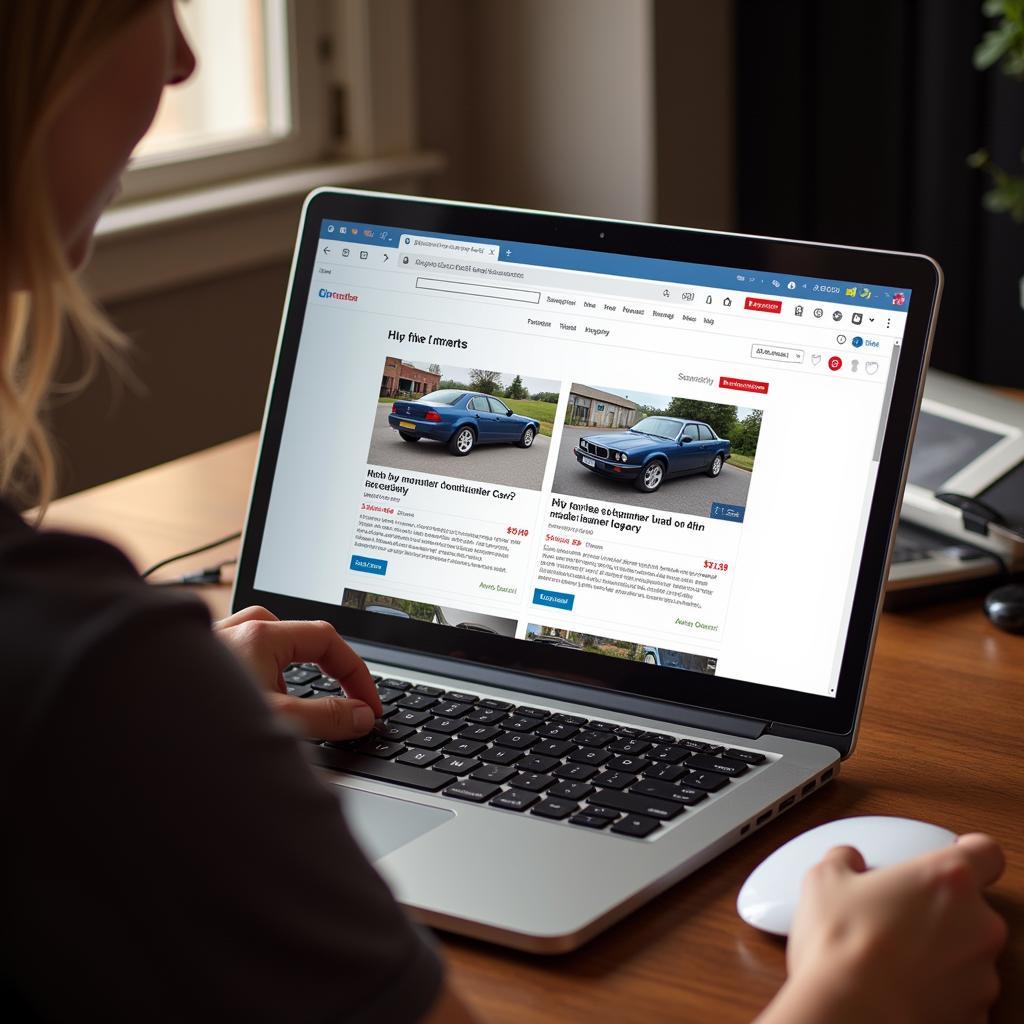Many modern cars boast maintenance-free car batteries, leaving some owners wondering about their battery’s true nature. This guide delves into the world of car batteries, helping you determine if yours falls under the “maintenance-free” category and what that means for your car care routine.
Understanding Car Battery Types
Before we determine if your car battery needs maintenance, let’s differentiate between the common types:
Flooded Lead-Acid Batteries
These traditional batteries require periodic topping up with distilled water. They feature removable caps for each cell, allowing access for water replenishment and electrolyte level checks.
Sealed Lead-Acid Batteries (SLA)
Often labeled as “maintenance-free,” SLAs are designed to minimize water loss. While they may have caps, these are primarily for pressure release and not intended for regular maintenance.
 Sealed Lead-Acid Car Battery
Sealed Lead-Acid Car Battery
Absorbed Glass Mat (AGM) Batteries
AGMs represent a step up in the “maintenance-free” category. Their electrolyte is absorbed into a glass mat, eliminating free-flowing liquid. AGMs are known for their high performance and are often found in vehicles with start-stop technology.
So, Is Your Car Battery Truly Maintenance-Free?
While the term “maintenance-free” suggests no upkeep is necessary, this isn’t entirely accurate. Even sealed batteries require some level of attention. Here’s how to determine your battery type and required maintenance:
- Check Your Owner’s Manual: The most reliable source, your manual will specify the battery type and recommended maintenance.
- Inspect the Battery: Look for labels like “maintenance-free” or “sealed.” If you see removable caps, it’s likely a flooded battery requiring regular water checks.
- Consult a Professional: If unsure, a qualified mechanic or battery specialist can quickly identify your battery type.
Maintenance Tips for “Maintenance-Free” Batteries
Even though SLAs and AGMs require less frequent attention, these tips can prolong their lifespan:
- Keep it Clean: Dirt and grime can cause surface discharge, draining your battery. Wipe the battery case with a damp cloth occasionally.
- Secure Connections: Loose battery terminals hinder optimal current flow. Ensure they are clean and tightly fastened.
- Limit Deep Discharges: Deeply discharging your battery, such as leaving lights on overnight, can lead to premature failure.
- Regularly Start Your Vehicle: Infrequent use can drain your battery. Start your car at least once a week to keep the battery charged.
- Periodic Testing: Have your battery tested annually, or every 6 months in extreme climates, to assess its health.
When to Consider Maintenance Free Car Battery Repair
While designed for minimal upkeep, “maintenance-free” batteries aren’t immune to issues. Here are some signs your battery might need attention:
- Slow Engine Crank: Difficulty starting the engine, especially in cold weather, can indicate a failing battery.
- Dimming Lights: Headlights and interior lights that are dimmer than usual could point to a battery problem.
- Warning Light: The battery or charging system warning light on your dashboard is a clear sign to seek professional help.
- Battery Swelling or Leakage: Any physical damage or leakage from the battery requires immediate attention and replacement.
For those seeking guidance on “maintenance free car battery repair”, it’s best to consult a professional. Attempting repairs on sealed batteries can be dangerous and is best left to experts.
FAQs About Maintenance-Free Car Batteries
1. How long do maintenance-free car batteries typically last?
On average, they last 3 to 5 years, but factors like climate and usage patterns can influence their lifespan.
2. Can I jump-start a car with a maintenance-free battery?
Yes, but follow the instructions in your owner’s manual carefully. Ensure the other vehicle also has a compatible battery.
3. Can I replace a flooded battery with a maintenance-free one?
In most cases, yes. However, it’s recommended to choose a battery with similar specifications to the original.
4. Are maintenance-free batteries better for the environment?
They are considered more environmentally friendly than flooded batteries as they are sealed and prevent acid leaks.
5. Do I need to disconnect the battery when working on my car?
It’s generally a safe practice to disconnect the negative terminal when performing electrical work on your vehicle.
Conclusion
Understanding your car battery and its maintenance needs can save you from unexpected breakdowns and potentially extend its lifespan. While “maintenance-free” batteries offer convenience, remembering that even they require some level of care is essential.
For all your car maintenance needs, including expert advice and service on maintenance free car battery repair, don’t hesitate to reach out to AutoTipPro at +1 (641) 206-8880 or visit our office located at 500 N St Mary’s St, San Antonio, TX 78205, United States. We’re here to keep your car running smoothly!





Leave a Reply